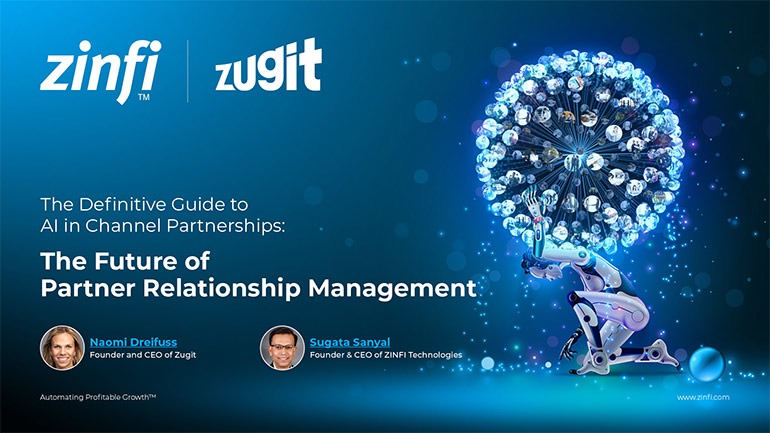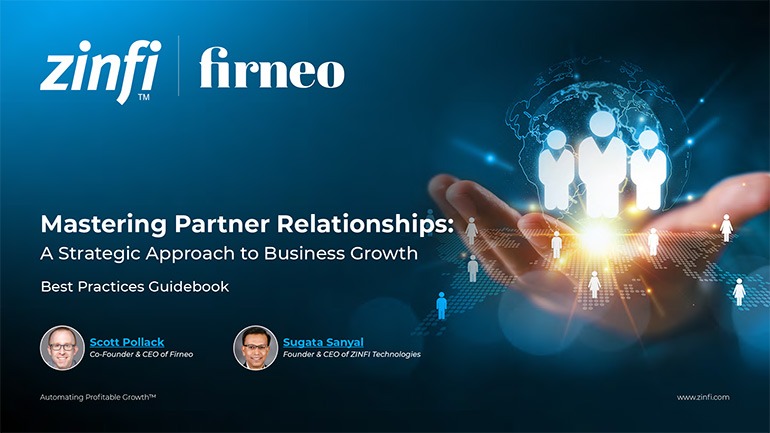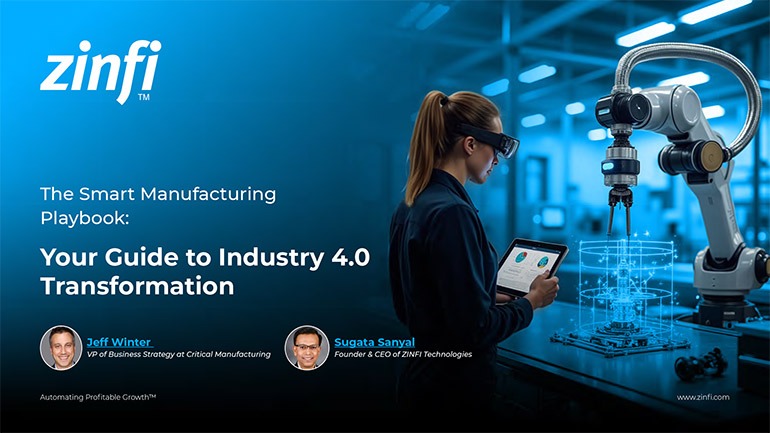Glossary - How to - MDF Best Practices
How to Implement MDF Best Practices for Maximum ROI
Introduction
What is MDF and Why It Matters in Partner Ecosystems?
Market Development Funds (MDF) are financial resources vendors allocate to their partners to drive brand awareness, lead generation, and sales growth. These funds are used for marketing campaigns, event sponsorships, training programs, and other co-marketing initiatives. Proper MDF utilization ensures both vendors and partners achieve mutual business success.
MDF is a strategic tool to strengthen channel partnerships and enhance market penetration in the partner ecosystem. However, improper MDF management can lead to wasted resources and inefficiencies. Implementing MDF best practices helps organizations maximize the impact of their investments and drive sustained revenue growth.
MDF and Partner Relationship Management (PRM)
MDF is crucial in Partner Relationship Management (PRM) by fostering stronger collaboration between vendors and partners. A well-structured PRM system integrates MDF management, ensuring transparency, streamlined fund allocation, and measurable ROI. Automated PRM platforms provide features such as fund tracking, approval workflows, and performance analytics, making MDF execution more effective and efficient.
Key Takeaways:
Define Clear MDF Objectives and Guidelines:
Establishing clear goals and policies ensures proper MDF utilization. Vendors should:
- Define eligible activities (e.g., digital marketing, trade shows, training events)
- Set clear KPIs (e.g., lead conversion rates, event attendance, brand visibility)
- Establish approval processes to prevent fund misuse
Vendors can drive better results by maintaining transparency and aligning MDF objectives with business goals.
Streamline MDF Requests and Approvals:
A structured MDF approval process reduces delays and enhances efficiency. Best practices include:
- Utilizing a PRM platform for digital submission and tracking
- Automating approval workflows with pre-set criteria
- Setting realistic turnaround times for approvals
Implementing these steps ensures fund allocations swiftly and effectively, leading to better campaign execution.
Enforce Performance-Based Funding Allocation:
Vendors should distribute MDF based on partner performance and potential ROI. Consider:
- Prioritizing partners with a strong track record of MDF utilization
- Implementing a tiered funding model (e.g., Platinum, Gold, Silver partners)
- Regularly reviewing performance metrics to adjust allocations
This approach maximizes the impact of MDF investments and encourages partners to execute high-quality marketing initiatives.
Provide Marketing Enablement and Training:
Supporting partners with the right marketing resources improves MDF effectiveness. Vendors should:
- Offer co-branded marketing templates and digital assets
- Conduct training sessions on best MDF usage practices
- Provide access to PRM tools for campaign tracking and reporting
Vendors can drive greater engagement and ROI from MDF programs by enabling partners with the right skills and resources.
Measure, Analyze, and Optimize MDF Investments:
Tracking MDF performance is crucial for continuous improvement. Best practices include:
- Using analytics tools to measure lead generation, conversions, and brand exposure
- Collecting partner feedback to refine MDF programs
- Adjusting strategies based on data-driven insights
Vendors with robust tracking and optimization ensure MDF funds contribute to sustainable growth.
Summary of Key Takeaways:
- Set clear objectives for MDF usage and align them with business goals
- Streamline approvals with automated workflows to ensure efficiency
- Allocate funds based on performance to optimize ROI
- Provide marketing enablement resources to support partners
- Track and optimize MDF investments using data analytics
Key Examples:
- Automotive Manufacturing: MDF is used for dealership marketing, co-hosted industry events, and digital promotions to enhance brand visibility and increase vehicle sales.
- Consumer Electronics: Retail partners utilize MDF for influencer marketing, social media campaigns, and in-store demonstrations to drive product awareness.
- Energy Production: MDF supports renewable energy distributors in hosting educational webinars and trade shows to promote sustainable energy solutions.
- Financial Services: Banks and financial institutions leverage MDF for co-branded content marketing and local sponsorships to increase customer acquisition.
- Food and Beverage: Franchises use MDF for localized advertising campaigns and social media promotions to boost foot traffic and brand loyalty.
- Healthcare Services: MDF helps medical device vendors run targeted ad campaigns and conduct training sessions for healthcare professionals.
- Information Technology: IT vendors allocate MDF for partner-led webinars, solution showcases, and digital ad campaigns to drive software adoption.
- Pharmaceutical Development: Pharma companies use MDF to fund medical conferences, educational materials, and outreach programs for healthcare providers.
- Retail Industry: Retailers use MDF for seasonal marketing promotions, customer engagement programs, and in-store events to drive sales.
- Telecommunications: Telecom providers invest MDF in partner-led digital campaigns and joint marketing initiatives to increase service subscriptions.
Conclusion:
Implementing MDF best practices ensures that vendors and partners maximize the effectiveness of their marketing funds. By setting clear objectives, streamlining approvals, allocating funds based on performance, providing enablement resources, and tracking investments, organizations can optimize MDF programs for sustained business growth.
A well-integrated PRM system enhances MDF execution by automating processes and providing real-time analytics. Organizations that follow these best practices will build stronger channel partnerships and achieve higher ROI on their MDF investments.
Associated Keywords:
- MDF Marketing Strategies
- Partner MDF Optimization
- MDF Fund Management Best Practices















